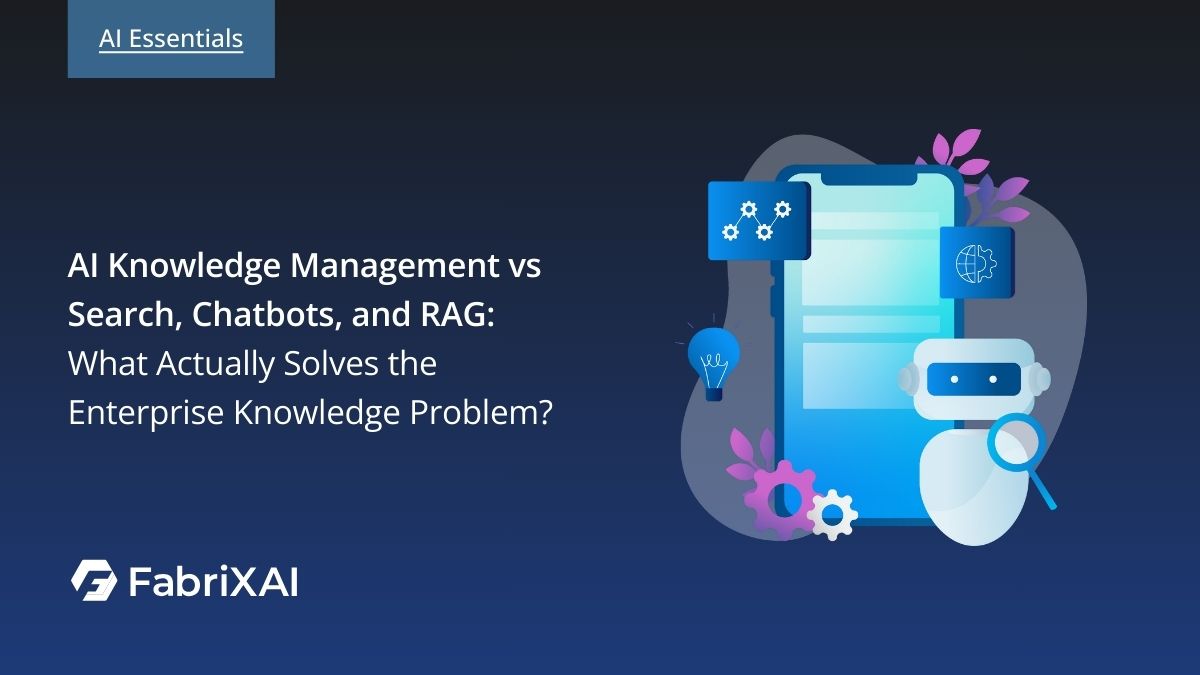Navigating the AI Landscape: Top AI Trends for Developers in 2024

As we delve deeper into 2024, the AI landscape is ever-expanding and developers are at the forefront of this technological evolution. Understanding the current trends is crucial for staying competitive and innovative. Here are the top nine AI trends that every developer should keep an eye on this year.
Embracing Realistic AI Integration
2024 marks the transition from hyperbole to pragmatic integration of AI. The initial dazzle has given way to a more nuanced appreciation of AI’s capabilities. Tools like generative AI are increasingly embedded within existing software ecosystems, enhancing productivity tools we’re already familiar with, such as Microsoft Office’s Copilot or Adobe Photoshop’s generative features.
The Rise of Multimodal AI
Multimodal AI is revolutionizing how machines understand and interact with the world by processing and integrating diverse data types. This year, we see AI like OpenAI’s GPT-4v and Google Gemini leading the charge, seamlessly moving between text and images, even hinting at future video integration. This advancement enables users to engage with AI in more natural ways, such as asking verbal questions and receiving visual and textual assistance.
The Era of Smaller AI Models
Bigger isn’t always better when it comes to AI models. The industry is shifting towards creating smaller models that are not only cost-effective but also energy-efficient and capable of running on less powerful devices. The Mixtral model, for instance, is a testament to the power of compact models, punching above its weight class against much larger predecessors.
Balancing GPU and Cloud Expenditures
The cost of GPUs and cloud services is climbing due to the demand for AI resources. Developers are finding themselves in a balancing act, seeking optimized, smaller AI models that can reduce these costs without compromising performance.
Refining Model Optimization
This year continues to see advancements in model optimization techniques like quantization and Low-Rank Adaptation (LoRA). These methods are akin to compressing an audio or video file and offer similar benefits: they reduce the memory footprint and accelerate inference times.
Crafting Custom Local Models
The open-source movement empowers developers to create bespoke AI models. By training on proprietary data, businesses can develop AI solutions tailored to their unique needs while keeping sensitive information out of third-party hands.
The Advent of Virtual Agents
Virtual agents are set to transcend traditional chatbot roles, taking on more complex tasks like making reservations and automating routine processes. They represent the next step in AI-powered efficiency, poised to become an indispensable tool for businesses.
Navigating the Regulatory Maze
Regulations are catching up with AI’s rapid growth. With the European Union’s Artificial Intelligence Act and the ongoing debates around copyright and AI training, developers must stay informed and agile to navigate the emerging legal landscape.
Addressing Shadow AI
The rise of ‘Shadow AI’—the unsanctioned use of AI tools by employees—poses significant risks. Developers and IT departments must establish clear AI usage policies to mitigate potential security and compliance issues.
Conclusion
In conclusion, the AI landscape in 2024 presents a compelling mix of technological maturity and innovation. As developers, staying abreast of these trends means recognizing the importance of pragmatic AI integration within our daily tools, leveraging the power of multimodal capabilities, and optimizing the balance between model size and computational cost. We must embrace the creation of custom AI solutions tailored to specific organizational needs while also keeping a keen eye on the evolving regulatory environment and potential risks of unsanctioned AI use. By understanding and adapting to these trends, developers can harness the full potential of AI to create efficient, intelligent, and responsible applications that not only respond to the demands of the present but also shape the technological landscape of the future.



